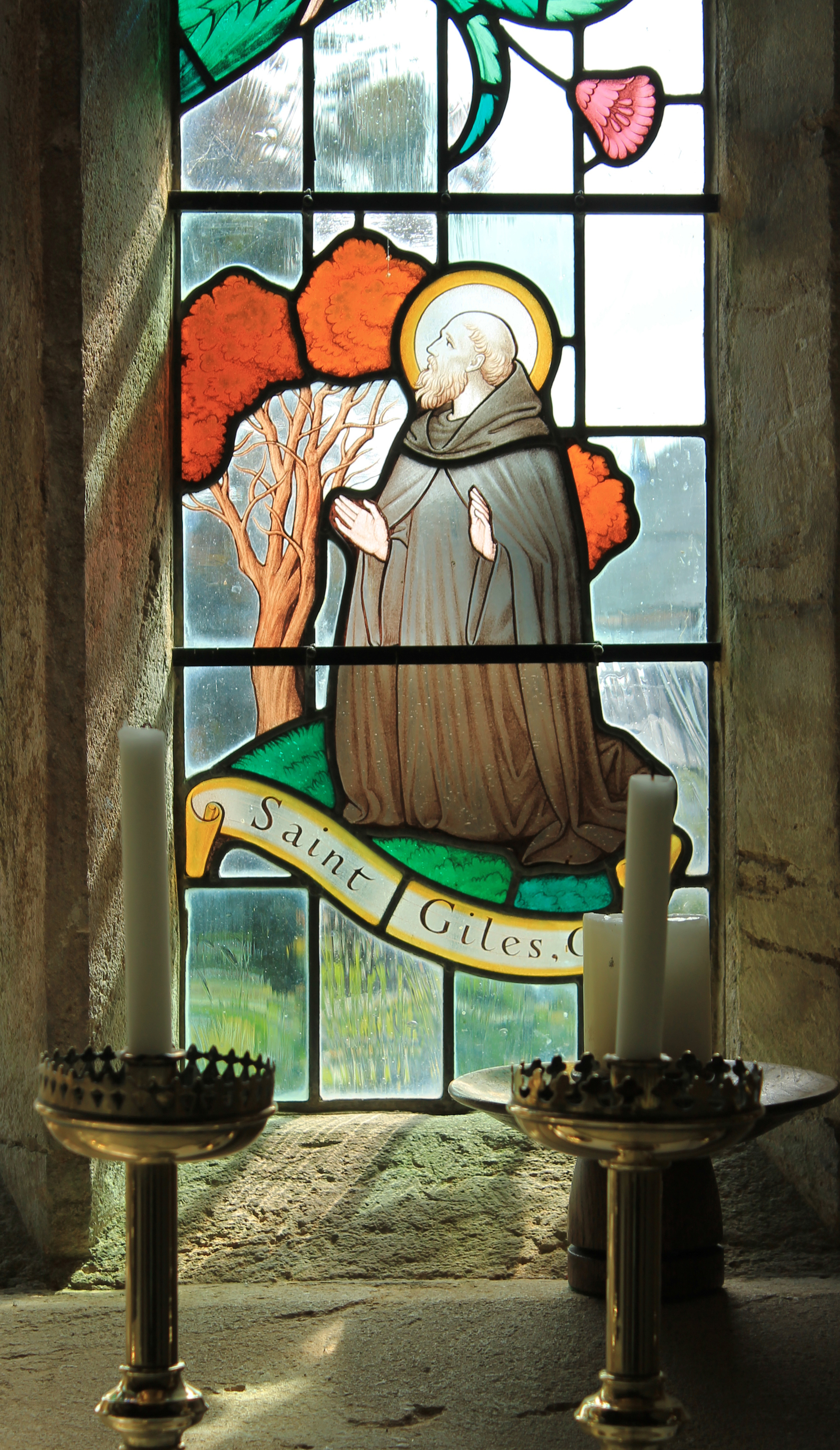|
Barton, Kinder And Alderson
Barton, Kinder, and Alderson was an English producer of stained glass, primarily for churches in southern England in the second half of the 20th century. The company was formed as a partnership between Kenneth M Barton, Claude Kinder, and Albert E Alderson in Hove, Brighton, England, after World War II. Although Kinder had made at least one window under his own name, all three had been employees of Cox and Barnard before starting the company. Kinder died in , after which Barton and Alderson continued to provide glass, mostly in southeast England. Barton operated Kenneth Barton Studios until at least 1984. Alderson produced glass under the name of the partnership until at least 1967 and remained in business for another decade after that. At some point in his career, prolific glass artist Francis Walter Skeat designed glass for the company. Examples of their work can be found in: *St Giles' Church, Horsted Keynes *Holy Trinity Church, Bledlow * St Peter & Paul Church, Wingrave ... [...More Info...] [...Related Items...] OR: [Wikipedia] [Google] [Baidu] |
Hove, Brighton
Hove is a seaside resort and one of the two main parts of the City status in the United Kingdom, city of Brighton and Hove, along with Brighton in East Sussex, England. Originally a "small but ancient fishing village" surrounded by open farmland, it grew rapidly in the 19th century in response to the development of its eastern neighbour Brighton, and by the Victorian era it was a fully developed town with borough status. Neighbouring parishes such as Aldrington and Hangleton were annexed in the late 19th and early 20th centuries. The neighbouring urban district of Portslade was merged with Hove in 1974. In 1997, as part of 1990s United Kingdom local government reform, local government reform, the borough merged with Brighton to form the Borough of Brighton and Hove, and this Unitary authority, unitary authority was granted city status in the United Kingdom, city status in 2000. Name and etymology Old spellings of Hove include Hou (Domesday Book, 1086), la Houue (1288), Huua ... [...More Info...] [...Related Items...] OR: [Wikipedia] [Google] [Baidu] |
Stained Glass
Stained glass is coloured glass as a material or works created from it. Throughout its thousand-year history, the term has been applied almost exclusively to the windows of churches and other significant religious buildings. Although traditionally made in flat panels and used as windows, the creations of modern stained glass artists also include three-dimensional structures and sculpture. Modern vernacular usage has often extended the term "stained glass" to include domestic lead light and ''objets d'art'' created from foil glasswork exemplified in the famous lamps of Louis Comfort Tiffany. As a material ''stained glass'' is glass that has been coloured by adding metallic salts during its manufacture, and usually then further decorating it in various ways. The coloured glass is crafted into ''stained glass windows'' in which small pieces of glass are arranged to form patterns or pictures, held together (traditionally) by strips of lead and supported by a rigid frame. Painte ... [...More Info...] [...Related Items...] OR: [Wikipedia] [Google] [Baidu] |
Cox And Barnard
Cox & Barnard Ltd was a stained glass designer and manufacturer based in Hove, part of the English city of Brighton and Hove. The company was founded in Hove in 1919 and specialised in stained glass for churches and decorative glass products. Many commissions came from Anglican and Roman Catholic churches in the English counties of East Sussex, West Sussex and Kent. The company was also responsible for six war memorial windows at an Anglican church in Canada, made from shards of glass collected from war-damaged church windows across Europe. History Albert William Loomes established the firm as A.W. Loomes in 1903-4, operating out of a building in 7 Blatchington Road in Hove. He died in 1920, and the business was left to his employees Oliver Cox and William Barnard. They renamed the company and moved to new offices at Old Shoreham Road. The premises were later extended, giving a design studio at the front and an extra storey above. In 1968, the firm bought the former Living ... [...More Info...] [...Related Items...] OR: [Wikipedia] [Google] [Baidu] |
Francis Walter Skeat
Francis Walter Skeat (3 December 1909 – 31 August 2000) was an English glass painter who created over 400 stained glass windows in churches and cathedrals, both in England and overseas. Skeat was a Fellow of the Royal Society of Arts, a Fellow of the British Society of Master Glass Painters, and a member of the Art Workers Guild. Education and career Skeat was born in St Albans in Hertfordshire; his mother Theodora had an embroidery studio in Chester and his grandfather was Walter William Skeat, the etymologist. Skeat was educated at Lyndale School, St Albans and Whitgift School, Croydon. At the age of eighteen, he was apprenticed to Harry Scott Bridgwater who was a leading mezzotint engraver. He was a follower of Ninian Comper, Sir John Ninian Comper; after exhibiting at the Paris salon in 1932, he returned to St Albans in 1933 and the following year he became a pupil of Christopher Webb, who had a studio in St Albans and encouraged him to work in stained glass. He later worke ... [...More Info...] [...Related Items...] OR: [Wikipedia] [Google] [Baidu] |



